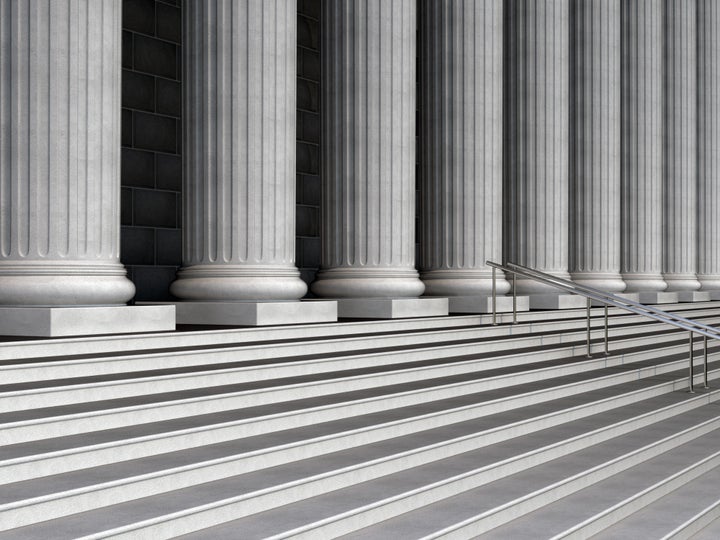
On Monday the U.S. Supreme Court took a new step in protecting juvenile offenders. In Miller v. Alabama it ruled that states could not mandate life without the possibility of parole sentences for youth involved in homicide cases, adding to old and recent precedents that say that children must be treated differently in the eyes of the law. A step in the right direction, the decision leaves far more to be done around issues that weren't directly considered by the Court. Since many of those affected are poor, disproportionately black, and largely on the losing end of a number of societal failures, what happens before and after sentencing is also important.
Beginning in the 1980s and 1990s, many states began passing "get tough on crime" laws that created a one-two punch for youth--first they would encounter one law that said they had to be tried as an adult and, once in the adult the system, they would encounter another law imposing a mandatory minimum sentence of life without parole. The results included kids like those involved in Miller, two 14-year olds with mandatory sentences that would prevent them from ever again seeing a world outside prison walls.
The Court declined to say that states could never make kids lifers, but at least had to give courts discretion in sentencing. This allows them to at least weigh the important factor of youth--historically and in this particular case, experts have argued that children are less culpable than adults and are more capable of reform. The majority decision further noted that other factors such as difficult life circumstances may also be relevant to courts. For example, Miller was physically abused by his stepfather, had a mother who abused drugs and alcohol, had been in and out of the foster care system, and had already attempted suicide four times by the age of 14.
He is not atypical of youth sentenced to life without parole. A Sentencing Project survey of juvenile lifers found that most had experienced severe challenges. Many were poor (32 percent lived in public housing as one indicator), 47 percent had experienced physical abuse, 77 percent of the girls had been sexually abused, and most experienced educational challenges. Not surprisingly, race was also an issue. Not only were 60 percent of juvenile lifers black, but it was apparent that black youth were more likely to receive this harsher penalty if their victims were white.
Although the court's decision was a step in the right direction, we as a nation must do more on the front and back end. Reducing child poverty, better protecting children from abuse, expanding access to mental health and other support services for kids experiencing trauma (further implicating the importance of another Supreme Court decision due this week on the Constitutionality of healthcare reform), improving school quality, and finally addressing obvious racial disparities in the nation's criminal justice system could very well prevent young people from ever ending up before a judge in the first place or from facing the most severe sentences.
On the back end, society should not automatically give up on youth serving long prison sentences. Thus, we should ensure rehabilitative services for these youth who are more likely than adults to change and grow. At some point, after years in prison and with proper preparation and supports, they may be able to reenter society successfully.
Inevitably, one of the greatest measures of a society is how it chooses to deal with its most challenging members. And the Court's decision to give juveniles the opportunity of parole is a step in the right direction although there is still much more to be done inside the courts and out.
